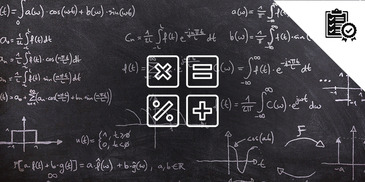
Given a set fraction amount students will be able to decompose into a sum of fractions in more than one way.
- Subject:
- Mathematics
- Material Type:
- Lesson Plan
- Provider:
- BetterLesson
- Date Added:
- 12/01/2022


Given a set fraction amount students will be able to decompose into a sum of fractions in more than one way.

This is a hands on activity to get the students thinking about how to describe data sets.

Students use area models to find the total area of a store, home, or other real world space.

Understanding area and perimeter can help children work on solutions to very important, real world problems.

Differences between shapes are determined through measurement skills.

Students compare the distributive property to sending invitations at a birthday party.

Children need to move from the manipulative expressions of the distributive property into the mathematical equations eventually. This lesson is the first step in leading them to that goal.

The children have been practicing decomposing areas and now digits in order to understand and use the distributive property.

Students model division using whole numbers and fractions and divide whole numbers and fractions using the standard algorithm.

Where does the decimal point go in the quotient? Students use estimation and number sense skills to work on dividing with decimals.

A hot dog fold serves as a divisibility rules study guide.

The big idea of this lesson is the understanding that addition can be represented as parts of a whole and that we can use addition sentences to represent those parts.

Kindergarteners love to identify shapes in their environment. In order effectively do that, they must be able to recognize different shapes by their specific attributes. In this lesson kindergartners learn about the attributes of a cube.

Students can think about doubles facts as world situations to help commit them to memory.

Can you double an odd number? Can you cut it in half? Patterns in doubles and halves help to answer these questions.

Favorite Dr. Seuss characters are something that students can collect data on, graph and interpret.

Climbing a mountain, you reach the greatest height at the top. What about a math mountain? The graphic can help students solve for a missing number.

Many kindergarteners come to school with rote counting skills, but they often do not understand that the numbers they can recite actually represent quantities. This lesson helps to make that connection.

This summative assessment provides students with the opportunity to demonstrate their skills with elapsed time.

Measuring time can be challenging for students because it isn't concrete. Using a number line helps students to understand time as a quantity.